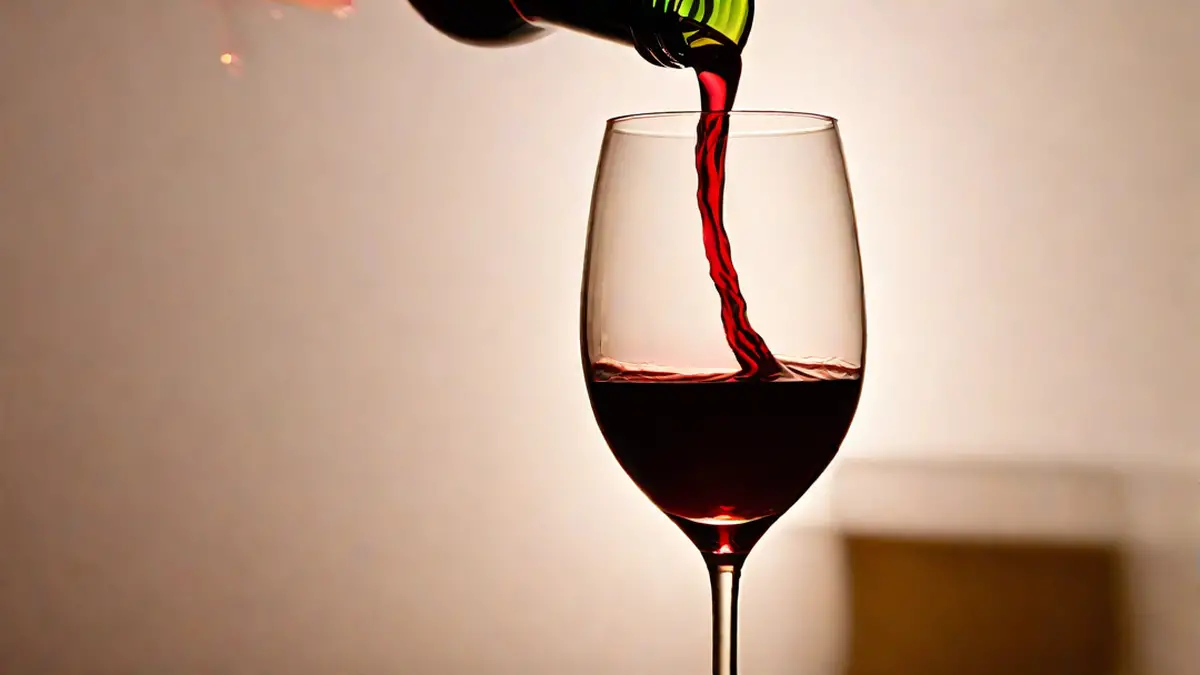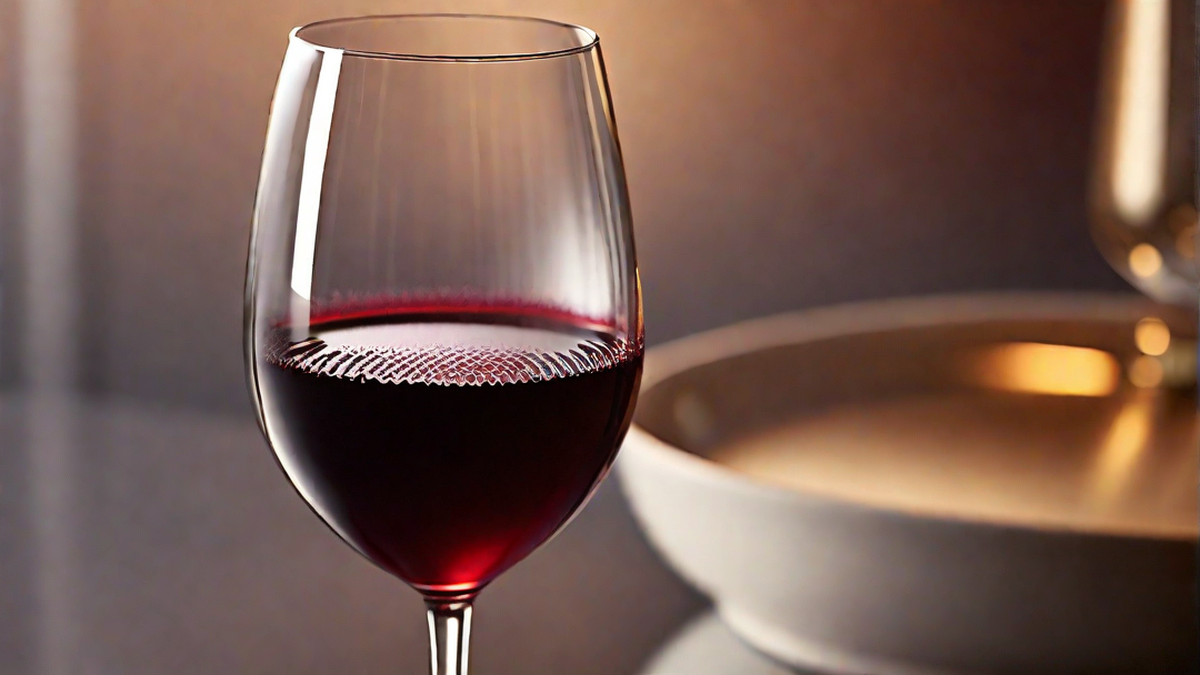Lees in wine refer to the residual fragments and debris that collect at the bottom of the vessel during the production of wine. These sedimentary components include deceased yeast cells, grape skins, pulp, and other solid substances. Despite being viewed as a hindrance by some winemakers, I personally consider lees to be essential in the maturation and flavor enrichment of the wine.
When yeast consumes sugar during fermentation, it produces alcohol and carbon dioxide. Eventually, the yeast cells die and settle at the bottom, forming lees. These lees can be left in contact with the wine for a period of time, typically a few weeks to several months, depending on the winemaker’s preference.
One of the key benefits of leaving the wine in contact with lees is the process of autolysis. During autolysis, the dead yeast cells release compounds that can have a profound impact on the wine’s aroma, flavor, and texture. These compounds include amino acids, enzymes, and mannoproteins, which contribute to a fuller body, creamier mouthfeel, and enhanced complexity.
Additionally, lees can act as a natural clarifying agent. By settling at the bottom, they help to clarify and stabilize the wine, reducing the need for artificial fining agents. This can result in a wine that is not only more natural but also has improved clarity and brilliance.
I must admit, I have a soft spot for wines that have been aged on lees. They often exhibit a distinct character and unique flavor profile that sets them apart from wines that have not undergone this process. Lees aging can imbue the wine with flavors of toasted bread, brioche, nuts, and even a hint of mushroom. These complex aromas and flavors add an extra layer of depth and intrigue.
While lees aging is commonly associated with white wines, such as Chardonnay, it can also be used in the production of certain red wines. In fact, some winemakers choose to ferment their red wines on the lees to add complexity and structure.
It is worth noting that not all wines benefit from lees aging. Lighter, more delicate wines may be overwhelmed by the flavors and weight that lees can impart. However, for fuller-bodied wines, particularly those with aging potential, lees aging can be a game-changer.
In conclusion, lees in wine are not something to be dismissed or discarded. They are a hidden treasure that can elevate the quality and enjoyment of a wine. The process of aging on lees adds depth, complexity, and richness to the final product. So next time you come across a wine that has been aged on lees, give it a try and appreciate all the flavors and textures that these tiny sedimentary particles can bring to the glass.




